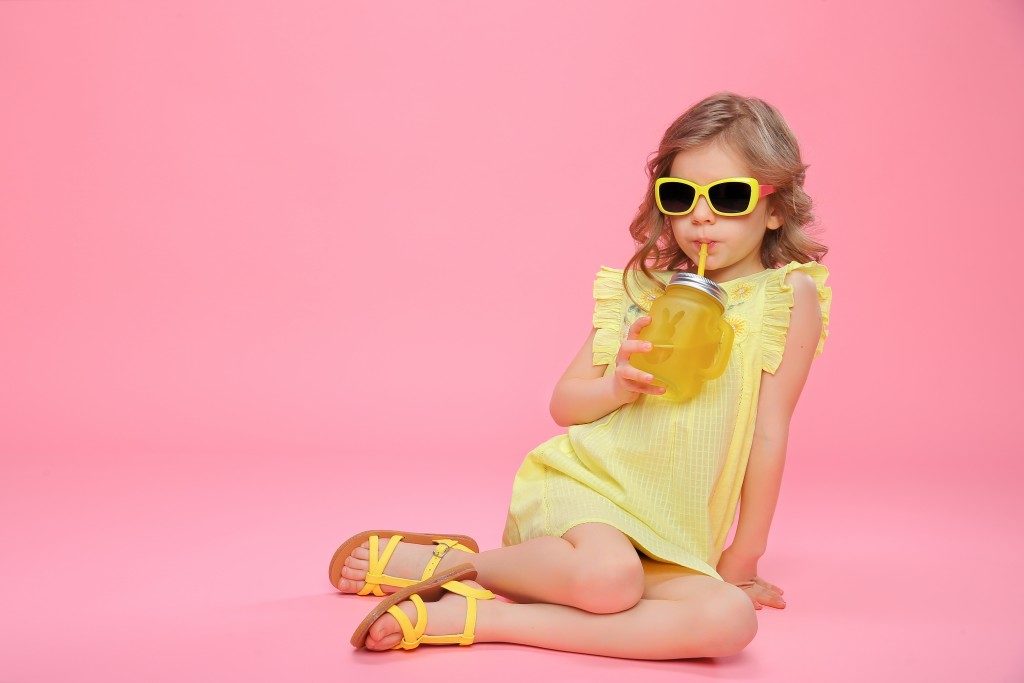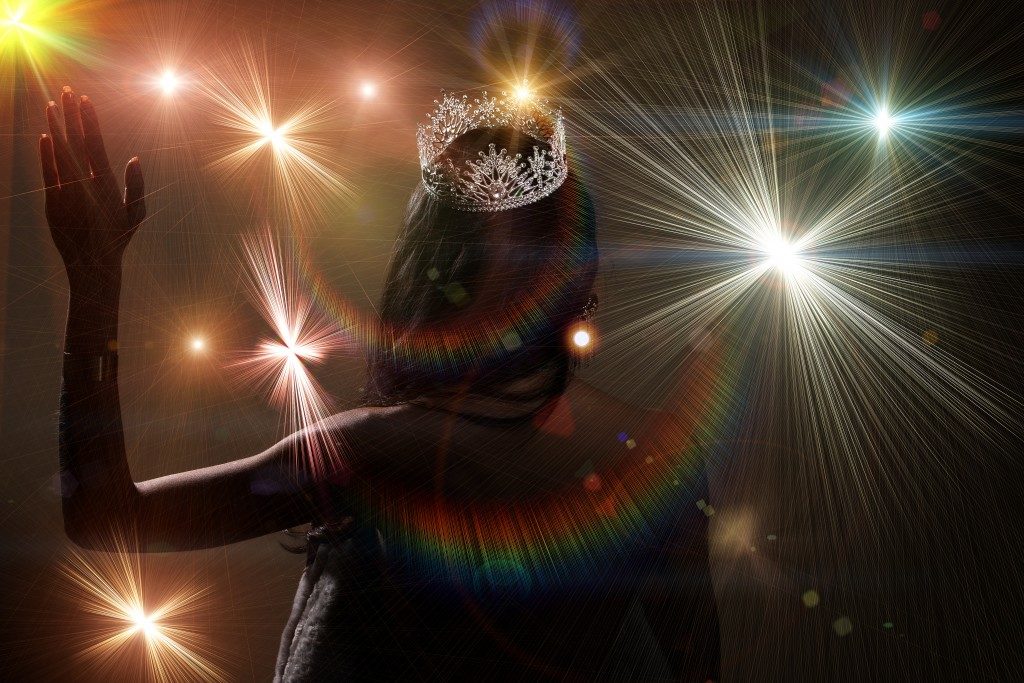We are taught at a very young age that beauty is in the eye of the beholder. That the aesthetic appeal of a person or object is dependent on the individual or groups viewing them. Through discourse, philosophers have found that this is not the case. Beauty is not subjective.
Instead, it is our taste that is subjective. Some people have taste levels that are considered too refined; others’ are too crude or non-existent. We hold those who are deemed sophisticated at higher standards than those who we think are tasteless.
Our taste and the opinion we have of other people’s taste influence our perception of beauty. Sometimes, it boils down to the hair scissor and the face. In this regard, we can consider beauty to be neither purely subjective nor objective. Instead, it’s intersubjective. Its validity is reliant on certain cultural and social aspects.
This nature of beauty has subsequently led to the creation of beauty standards. These standards are now known to be born from the perception of those in the majority or in power.
The Popularity of Child Beauty Pageants Throughout History
Beauty Pageants epitomize beauty standards set by society. They were initially created for adult women to compete in 1854. However, the following year the “National Baby Show” was created by the artist P.T. Barnum.
Referred to as a form of baby parade, this event managed to capture the attention of the parents of 145 children, who subsequently signed their children up. The following years saw the preparation of more baby parades. More than 200 000 contestants joined these contests by 1915.
Every better baby contest found children being stripped, so that physicians can judge who is considered the best based on a point system that many compare to the one used in cattle judging. 20th Century America experienced its first Child Beauty Pageant in 1961.
This is right after the polio vaccine became accessible to the people, leaving children healthy to compete amongst others. Little Miss America, one of the most renowned pageants there is, was created in Palisades, New Jersey that same year.
Over 6 000 contestants flocked to the Palisades Amusement Park for over a decade, all of them vying to win the crown.
The Impact of Beauty Pageants on a Child

No one is safe from judgement and criticism, but there are people who actively seek it. In the case of child beauty pageants, it is typically the mother who signs up their children for the contest. Children who are involved in this pageantry and don’t have many hobbies outside of it are likely to form warped views on body image.
The stress of the hyper-competitive contest is one thing to deal with. But these child contestants also have to withstand their mothers pressuring them to be perfect. Both of these combined will get into their heads sooner or later.
They may start thinking that their value as a person is dependent on how well they perform in the competition. Consequently, this will most probably lead to a slew of other problems, many of which the children will have to deal with until their adulthood.
Body dysmorphia, low self-esteem, and eating disorders are some of the gravest issues to be named.
With that being said, some places have banned the existence of Child Beauty Pageants because of these. France, one of the most notable. Many are of the opinion that it’s unethical to subject kids to this experience. However, it is unlikely for these pageants to be stopped anytime soon.




